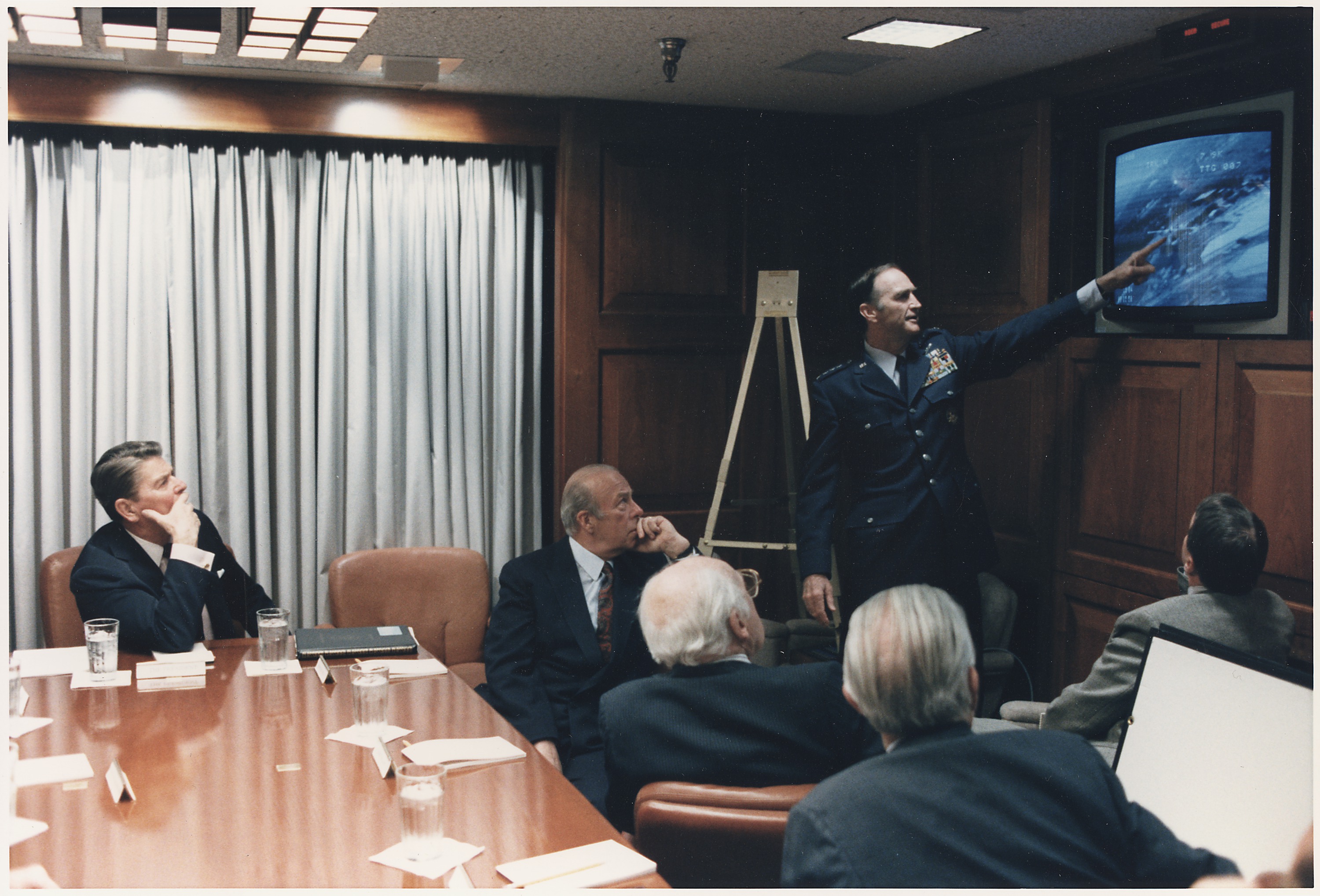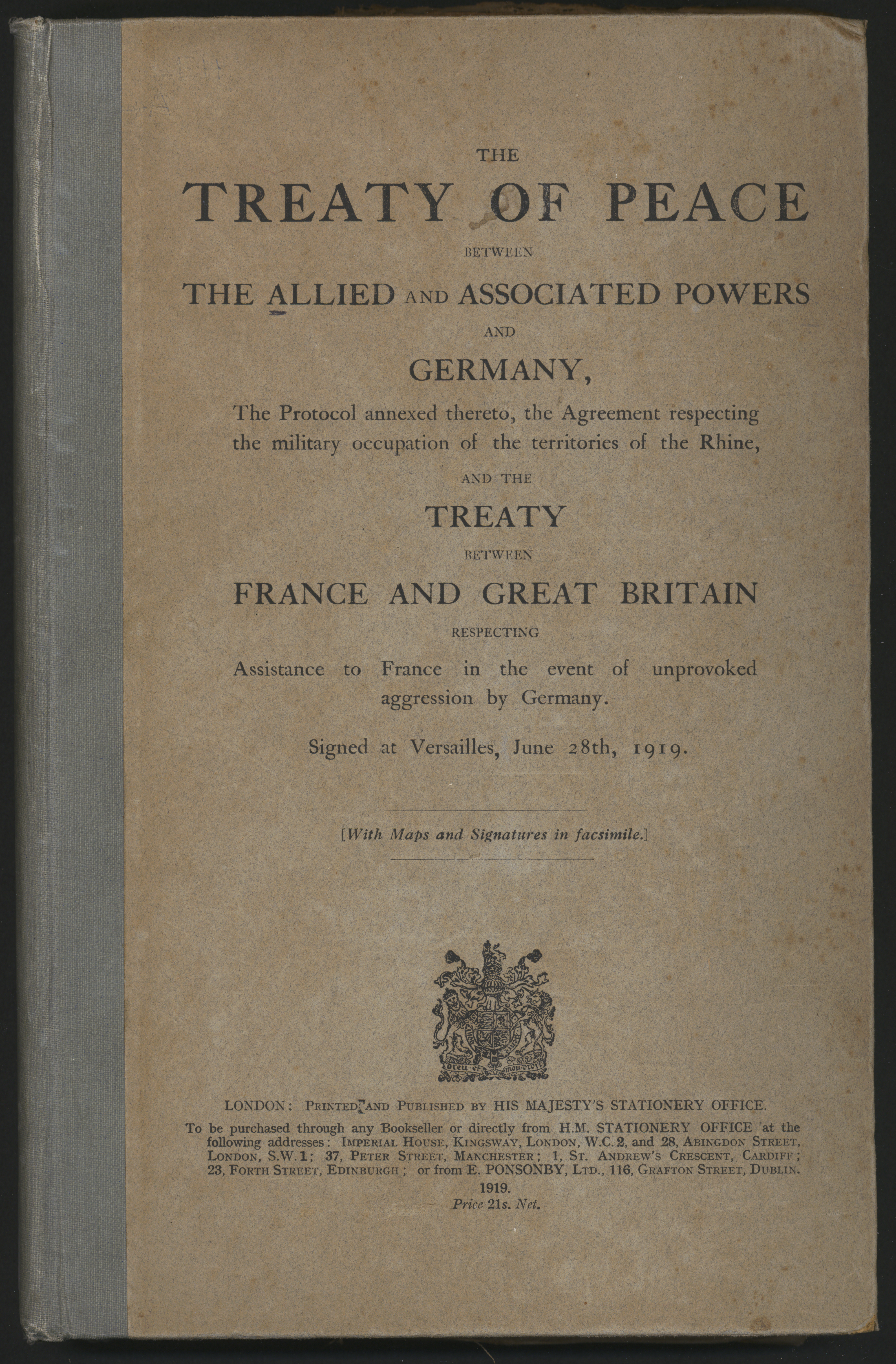|
Agreed Framework
The Agreed Framework between the United States of America and the Democratic People's Republic of Korea (북미제네바기본합의서) was signed on 21 October 1994, between North Korea (DPRK) and the United States. The objective of the agreement was the freezing and replacement of North Korea's indigenous nuclear power plant program with more nuclear proliferation resistant light water reactor power plants, and the step-by-step normalization of relations between the U.S. and the DPRK. Implementation of the agreement was troubled from the start, but its key elements were being implemented until it effectively broke down in 2003. Background On 12 December 1985, North Korea became a party to the Treaty on the Non-Proliferation of Nuclear Weapons (NPT). On 10 April 1992 its NPT safeguards agreement entered into force. In May 1992, North Korea submitted its initial report to the IAEA under that agreement, and International Atomic Energy Agency (IAEA) inspections began. ... [...More Info...] [...Related Items...] OR: [Wikipedia] [Google] [Baidu] |
North Korea
North Korea, officially the Democratic People's Republic of Korea (DPRK), is a country in East Asia. It constitutes the northern half of the Korean Peninsula and shares borders with China and Russia to the north, at the Yalu (Amnok) and Tumen rivers, and South Korea to the south at the Korean Demilitarized Zone. North Korea's border with South Korea is a disputed border as both countries claim the entirety of the Korean Peninsula. The country's western border is formed by the Yellow Sea, while its eastern border is defined by the Sea of Japan. North Korea, like its southern counterpart, claims to be the legitimate government of the entire peninsula and adjacent islands. Pyongyang is the capital and largest city. In 1910, Korea was annexed by the Empire of Japan. In 1945, after the Japanese surrender at the end of World War II, Korea was divided into two zones along the 38th parallel, with the north occupied by the Soviet Union and the south occupied by the U ... [...More Info...] [...Related Items...] OR: [Wikipedia] [Google] [Baidu] |
South Korea
South Korea, officially the Republic of Korea (ROK), is a country in East Asia, constituting the southern part of the Korea, Korean Peninsula and sharing a Korean Demilitarized Zone, land border with North Korea. Its western border is formed by the Yellow Sea, while its eastern border is defined by the Sea of Japan. South Korea claims to be the sole legitimate government of the entire peninsula and List of islands of South Korea, adjacent islands. It has a Demographics of South Korea, population of 51.75 million, of which roughly half live in the Seoul Capital Area, the List of metropolitan areas by population, fourth most populous metropolitan area in the world. Other major cities include Incheon, Busan, and Daegu. The Korean Peninsula was inhabited as early as the Lower Paleolithic period. Its Gojoseon, first kingdom was noted in Chinese records in the early 7th century BCE. Following the unification of the Three Kingdoms of Korea into Unified Silla, Silla and Balhae in the ... [...More Info...] [...Related Items...] OR: [Wikipedia] [Google] [Baidu] |
National Security
National security, or national defence, is the security and Defence (military), defence of a sovereign state, including its Citizenship, citizens, economy, and institutions, which is regarded as a duty of government. Originally conceived as protection against Offensive (military), military attack, national security is widely understood to include also non-military dimensions, including the security from terrorism, minimization of crime, economic security, energy security, environmental security, food security, and Computer security, cyber-security. Similarly, national security risks include, in addition to the actions of other nation states, action by violent non-state actors, by narcotic cartels, and by multinational corporations, and also the effects of natural disasters. Governments rely on a range of measures, including Political power, political, Economic power, economic, and military power, as well as diplomacy, to safeguard the security of a nation state. They may also ... [...More Info...] [...Related Items...] OR: [Wikipedia] [Google] [Baidu] |
Peace
Peace is a concept of societal friendship and harmony in the absence of hostility and violence. In a social sense, peace is commonly used to mean a lack of conflict (such as war) and freedom from fear of violence between individuals or groups. Throughout history, leaders have used peacemaking and diplomacy to establish a type of behavioral restraint that has resulted in the establishment of regional peace or economic growth through various forms of agreements or peace treaties. Such behavioral restraint has often resulted in the reduced conflict, greater economic interactivity, and consequently substantial prosperity. "Psychological peace" (such as peaceful thinking and emotions) is perhaps less well defined, yet often a necessary precursor to establishing "behavioural peace." Peaceful behaviour sometimes results from a "peaceful inner disposition." Some have expressed the belief that peace can be initiated with a certain quality of inner tranquility that does not depend upo ... [...More Info...] [...Related Items...] OR: [Wikipedia] [Google] [Baidu] |
Light Water Reactors
The light-water reactor (LWR) is a type of thermal-neutron reactor that uses normal water, as opposed to heavy water, as both its coolant and neutron moderator; furthermore a solid form of fissile elements is used as fuel. Thermal-neutron reactors are the most common type of nuclear reactor, and light-water reactors are the most common type of thermal-neutron reactor. There are three varieties of light-water reactors: the pressurized water reactor (PWR), the boiling water reactor (BWR), and (most designs of) the supercritical water reactor (SCWR). History Early concepts and experiments After the discoveries of fission, moderation and of the theoretical possibility of a nuclear chain reaction, early experimental results rapidly showed that natural uranium could only undergo a sustained chain reaction using graphite or heavy water as a moderator. While the world's first reactors ( CP-1, X10 etc.) were successfully reaching criticality, uranium enrichment began to develop from ... [...More Info...] [...Related Items...] OR: [Wikipedia] [Google] [Baidu] |
Joint Declaration Of The Denuclearization Of The Korean Peninsula
__NOTOC__ The Joint Declaration of the Denuclearization of the Korean Peninsula was an agreed action item between South Korea and North Korea signed on January 20, 1992. The declaration was issued February 19. The declaration read in part as follows: At the same time, the ''Agreement on Reconciliation, Non-aggression and Exchanges and Cooperation between the South and the North'' (also known as the "South-North Basic Agreement") was made, covering the areas of: # South-North Reconciliation # South-North Non-Aggression # South-North Exchanges And Cooperation The joint Nuclear Control Commission specified by the agreement was created, and held 13 meetings in 1992 and 1993, but it did not come to any agreements. The last meeting was held in April 1993. So consequent to clause 6, the declaration never entered into force. See also *Agreed Framework *North Korea and weapons of mass destruction North Korea has a Korean People's Army, military nuclear weapon program, nuclear ... [...More Info...] [...Related Items...] OR: [Wikipedia] [Google] [Baidu] |
Korean Peninsula Energy Development Organization
The Korean Peninsula Energy Development Organization (KEDO) was an organization founded on March 15, 1995, by the United States, South Korea, and Japan to implement the 1994 U.S.-North Korea Agreed Framework that froze North Korea's indigenous nuclear power plant development centered at the Yongbyon Nuclear Scientific Research Center, that was suspected of being a step in a nuclear weapons program. KEDO's principal activity was to construct two light water reactor nuclear power plants in North Korea to replace North Korea's Magnox type reactors. The original target year for completion was 2003. Since then, other members joined: * 1995: Australia, Canada, New Zealand * 1996: Argentina, Chile, Indonesia * 1997: European Union, Poland * 1999: Czech Republic * 2000: Uzbekistan KEDO discussions took place at the level of a U.S. Assistant Secretary of State, South Korea's deputy foreign minister, and the head of the Asian bureau of Japan's Foreign Ministry. The KEDO Secretariat ... [...More Info...] [...Related Items...] OR: [Wikipedia] [Google] [Baidu] |
Peace Agreement
A peace treaty is an agreement between two or more hostile parties, usually countries or governments, which formally ends a state of war between the parties. It is different from an armistice, which is an agreement to stop hostilities; a surrender, in which an army agrees to give up arms; or a ceasefire or truce, in which the parties may agree to temporarily or permanently stop fighting. The art of negotiating a peace treaty in the modern era has been referred to by legal scholar Christine Bell as the , with a peace treaty potentially contributing to the legal framework governing the post conflict period, or . Elements of treaties The content of a treaty usually depends on the nature of the conflict being concluded. In the case of large conflicts between numerous parties, international treaty covering all issues or separate treaties signed between each party. There are many possible issues that may be included in a peace treaty such as the following: * Formal designation of ... [...More Info...] [...Related Items...] OR: [Wikipedia] [Google] [Baidu] |
Kang Sok-ju
Kang Sok-ju ( ko, 강석주; ; August 29, 1939 – May 20, 2016 on KBS) was a n diplomat and politician. Having obtained a in French from the University of International Affairs in |
Robert Gallucci
Robert L. Gallucci (born February 11, 1946) is an American academic and diplomat, who formerly worked as president of the John D. and Catherine T. MacArthur Foundation. He previously served as dean of the Edmund A. Walsh School of Foreign Service at Georgetown University, from 1996 to June 2009. Prior to his appointment in 1996, for over two decades he had served in various governmental and international agencies, including the Department of State and the United Nations. Early life and education Gallucci was born in Brooklyn, New York. He attended Stony Brook University for his undergraduate studies, later earning his master's degree and doctorate in politics from Brandeis University. After his post-graduate studies, he taught at Swarthmore College, Paul H. Nitze School of Advanced International Studies at Johns Hopkins University and Georgetown University. He has received fellowships from the Council on Foreign Relations, the International Institute for Strategic Studies, Ha ... [...More Info...] [...Related Items...] OR: [Wikipedia] [Google] [Baidu] |
IAEA Safeguards
International Atomic Energy Agency (IAEA) Safeguards are a system of inspection and verification of the peaceful uses of nuclear materials as part of the Nuclear Non-Proliferation Treaty (NPT), supervised by the International Atomic Energy Agency. Department of Safeguards Safeguards activities are undertaken and by the Department of Safeguards, a separate department within the International Atomic Energy Agency. The Department is headed by Deputy Director General and Head of the Department of Safeguards Massimo Aparo. The mission statement of the Department of Safeguards is: "The primary role of the Department is to administer and implement IAEA safeguards. It also contributes to nuclear arms control and disarmament, by responding to requests for verification and technical assistance associated with related agreements and arrangements." The Department is organized into operations divisions, which include the inspectors that conduct safeguards inspections in the IAEA's member sta ... [...More Info...] [...Related Items...] OR: [Wikipedia] [Google] [Baidu] |



.jpg)

